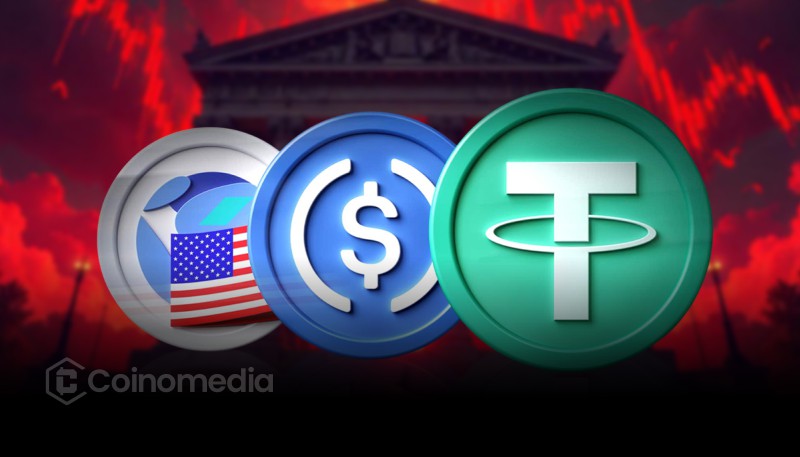Top Global Banks Unite for New Stablecoin Project
Ten major global banks plan to launch a joint stablecoin initiative, signaling a shift in digital finance.

- Ten leading banks join forces on a stablecoin project
- The initiative could reshape cross-border transactions
- Signals growing institutional confidence in digital assets
A Major Move Toward Digital Finance
In a significant development for the world of finance, ten of the world’s most influential banks are reportedly collaborating on a new stablecoin initiative. The list includes heavyweights like Bank of America, Goldman Sachs, Deutsche Bank, BNP Paribas, Santander, Barclays, TD Bank, MUFG, UBS, and Citi. This initiative marks a pivotal shift in how traditional financial institutions are approaching digital currencies.
Stablecoins—digital assets pegged to stable reserves like fiat currency—are increasingly seen as essential tools for faster, cheaper, and more secure cross-border transactions. With these banks working together, the stablecoin project could lead to more mainstream adoption of blockchain-based financial systems.
Why Are These Banks Joining Forces?
The collaboration is likely driven by the growing pressure on traditional banks to keep up with the innovations of decentralized finance (DeFi) and private sector players like PayPal and Circle, who already have operational stablecoins. By developing a joint solution, these banks aim to maintain relevance, regain control over payment flows, and ensure regulatory compliance in a rapidly evolving digital ecosystem.
Moreover, a shared stablecoin issued by trusted institutions could reduce transaction fees, improve settlement speed, and enhance transparency in the global financial system. It may also help banks tackle long-standing inefficiencies in cross-border payments.
What’s Next for the Global Banks Stablecoin?
While exact details of the stablecoin design and regulatory framework remain under wraps, industry experts suggest that such a collaborative move could become a blueprint for other institutions. If successful, this project could be the first step in a broader integration of blockchain and traditional banking infrastructure.
Regulators around the world will likely watch this development closely. The project’s success could depend heavily on how well the banks align with global financial regulations and collaborate with central banks.
Read Also:
- UAE Regulates DeFi and Web3 Under New 2025 Law
- VeChain Founder Sunny Lu’s Journey From Scams to Success
- Tether CEO: Bitcoin Will Outlast Its Critics
- FOMC Rate Cut Odds Hit 87% After PPI Data Surprise
- Bitcoin Eyes 1.368 Fibonacci Level Breakout



